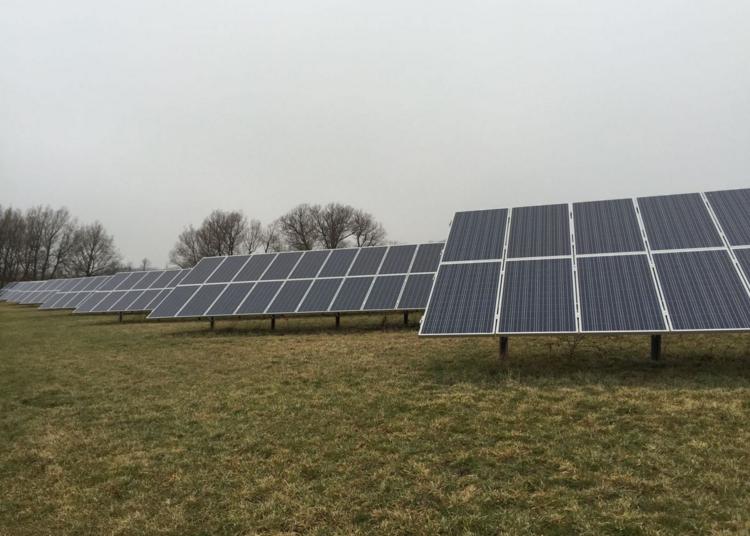The New York State Assembly passed the most ambitious climate bill in the country, one that would require the state to reduce greenhouse gas emissions from major sources to zero by 2050. The bill was passed Wednesday night with support from a broad coalition of organizations, including labor groups, environmental groups, and community leaders.
Send an e-mail (stirpea@assembly.state.ny.us) to Assembly Rep. Al Stripe, 127th District and thank him for his support of the Climate and Community Protection Act. It is important we support representatives who move the public policy agenda forward on climate change.
The bill seeks to codify into law certain climate goals put forth by New York Governor Andrew Cuomo, who has said in the past that he wants the state to generate half of its electricity from renewable sources by 2030. In December, Cuomo mandated that the New York Department of Public Service begin establishing a plan to transition to at least 50 percent renewable electricity by 2030. Without making these goals into laws, however, Cuomo’s targets could be reversed by whoever holds the governorship next.
The bill passed Wednesday night by the Assembly — dubbed the Climate and Community Protection Act — would apply to major sources of anthropogenic carbon pollution, such as major electrical producers or large industrial factories, and would regulate the carbon emissions from any industry that emits 25,000 tons or more of greenhouse gases annually or any power plant that is 25 megawatts or larger. The bill also requires New York to hit a set of incremental targets for the percent of electricity generated from renewable sources: 27 percent by next year, 30 percent by 2020, forty percent by 2025, and 50 percent by 2030.
The bill was first introduced to the state Assembly on May 23 by Assemblyman Steve Englebright (D). There is currently no equivalent bill in the state Senate, and with only eight days left in the legislative session, it’s unclear whether the bill will make it to Cuomo’s desk for a signature before the legislative session ends.
New York’s climate legislation would be the most ambitious — but not the first — state-wide legislation aimed at curbing greenhouse gas emissions. California was the first state to pass statewide climate legislation in 2006, which set limits on the state’s greenhouse gas emissions. Earlier this year, Oregon also passed a bill that requires the state’s two largest utilities to completely phase out coal by 2030. And Washington appears to be on the brink of regulating its own greenhouse gas emissions, with the Department of Ecology recently proposing a Clean Air Rule that would reduce greenhouse gas emissions statewide by 1.7 percent each year. If the Clean Power Plan is ultimately upheld by the D.C. Circuit Court, all states will eventually have to come up with similar plans for curbing greenhouse gas emissions from power plants.
If Assembly Rep. Stripe does not represent your district go to http://assembly.state.ny.us/leg/?default_fld=&leg_video=&bn=A10342&term=2015&Floor%26nbspVotes=Y&Memo=Y&Text=Y to find out if your Assembly Rep. Supported this legislation




















